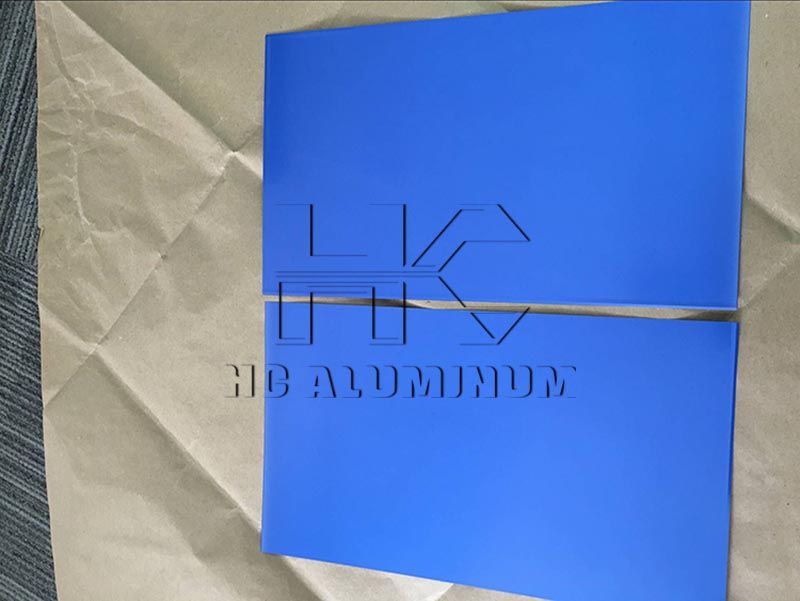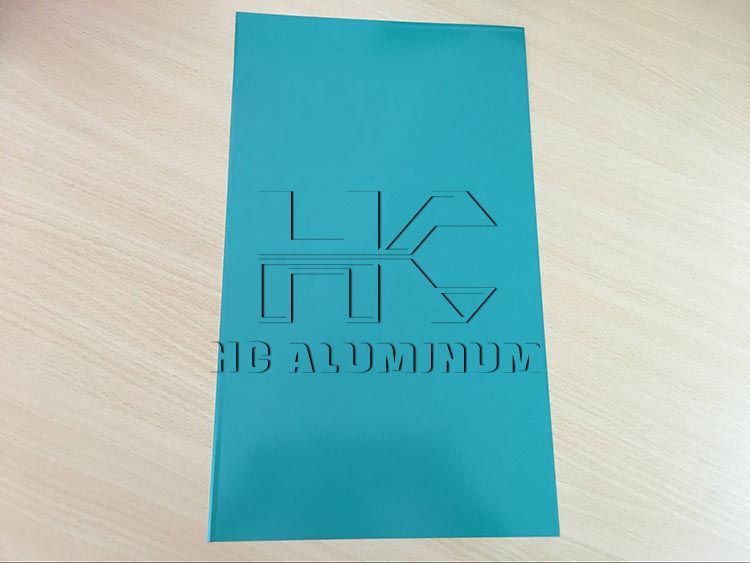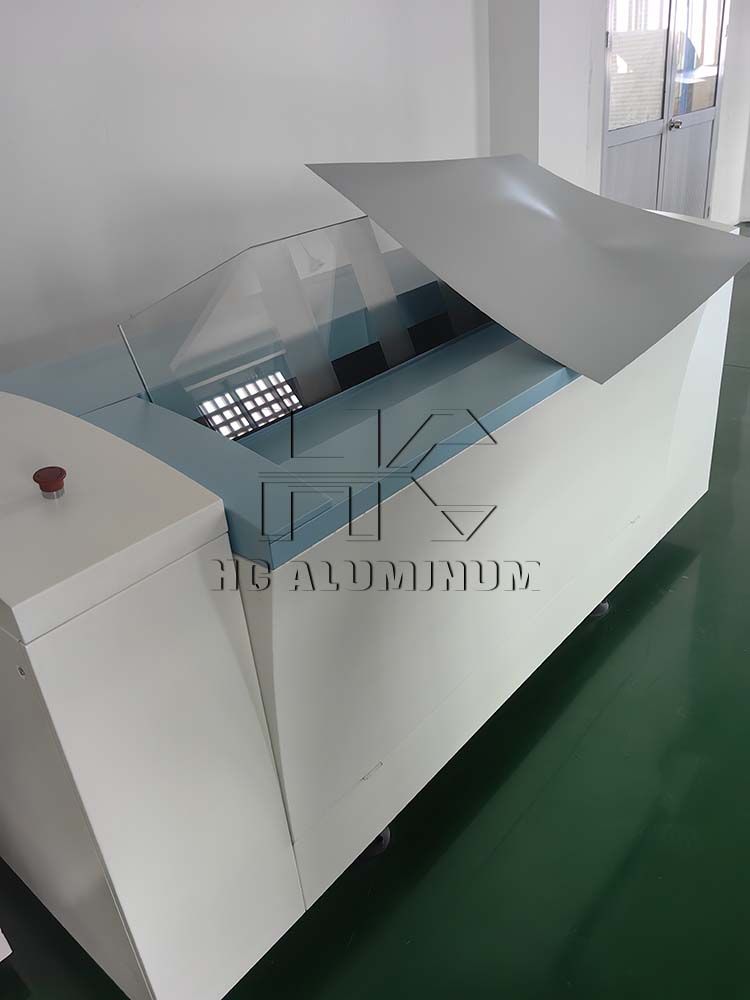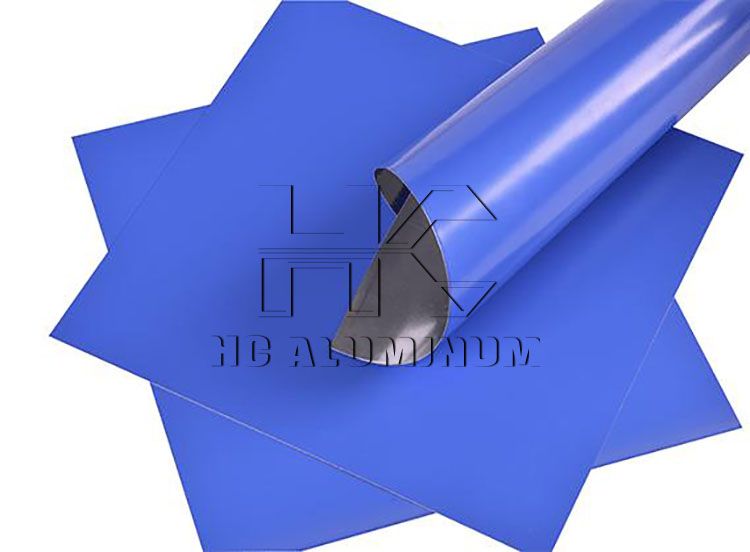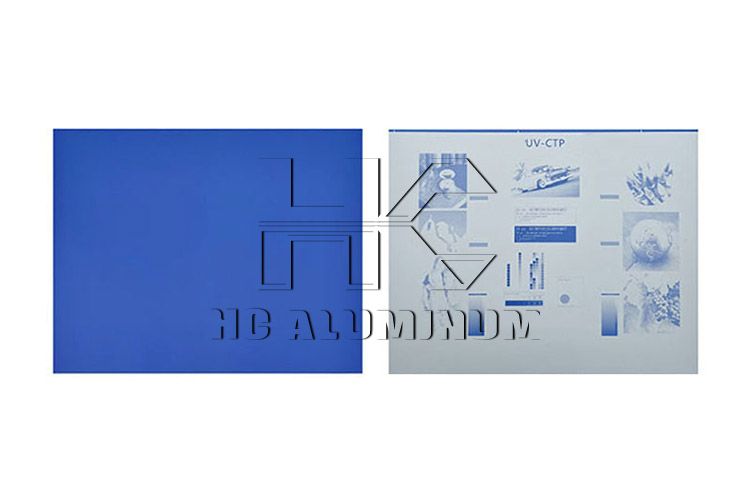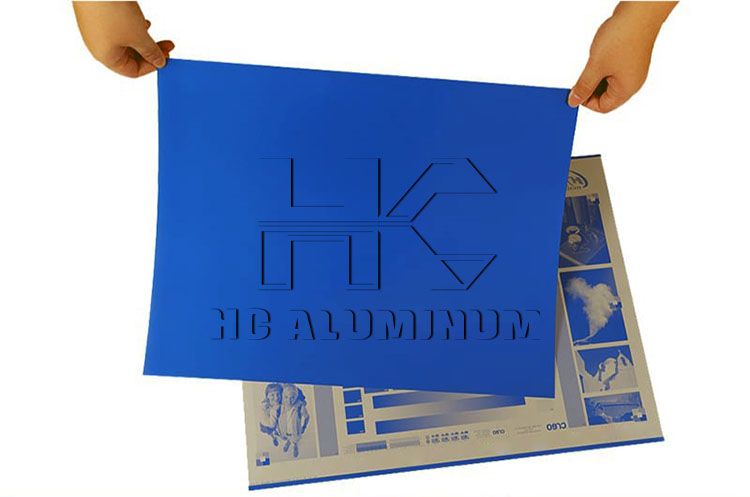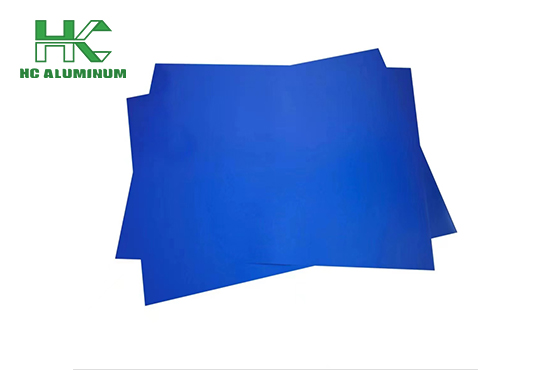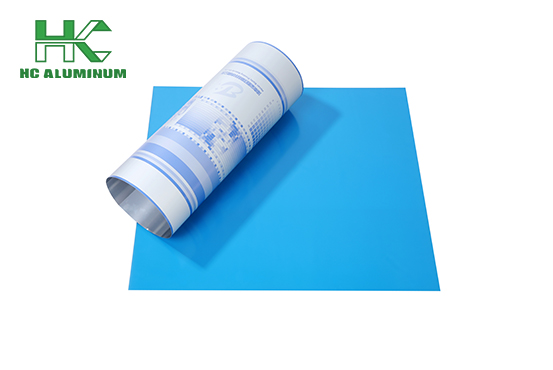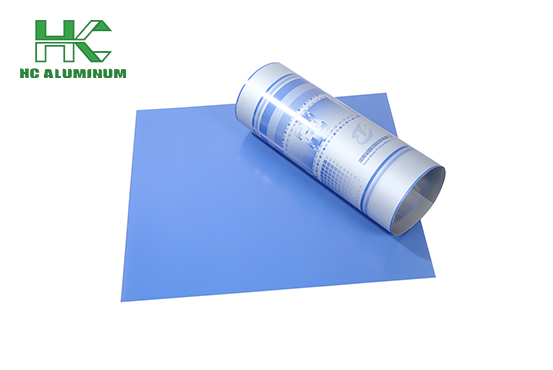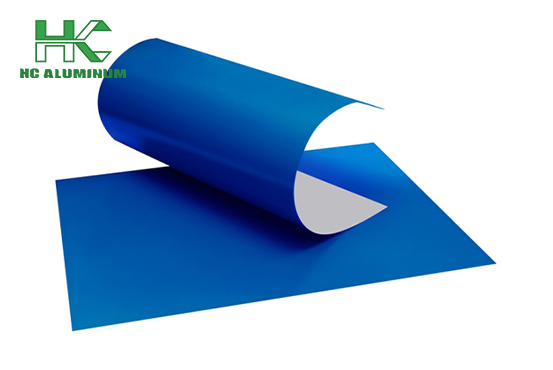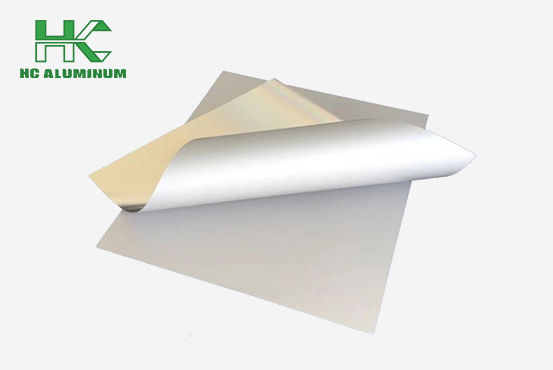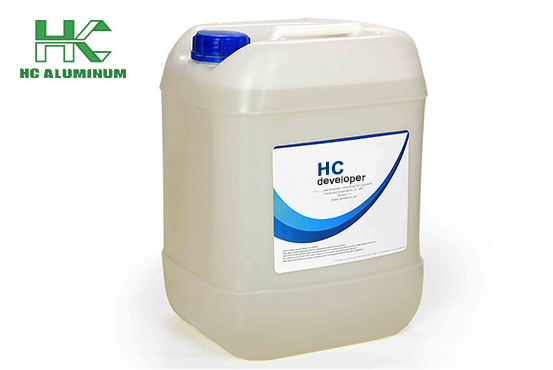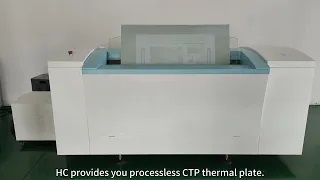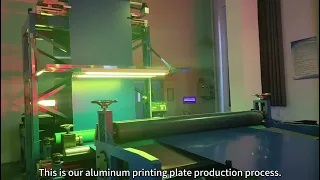What Are Advantages & Disadvantages of Using PS Plates for Printing
PS plate for offset printing is the main printing plate material for pre-printed cartons at present. Because of its simple and fast plate-making process, the plate-loading operation is very convenient. It can print solid plates, line plates, and fine texture plates, and has good printing reproduction effect. The printing price is relatively cheap, and it is widely used in printing packaging products such as carton paper and paper boxes.
There are two types of PS plates: positive PS plates and negative PS plates. Among them, positive PS plates account for a large share and are used in most medium and large printing tasks today. Its production process is also becoming more mature. The photosensitizer commonly used for positive PS plates is soluble diazohydroquinone type photosensitive resin, and the photosensitizer commonly used for negative PS plates is insoluble azido photosensitive resin.
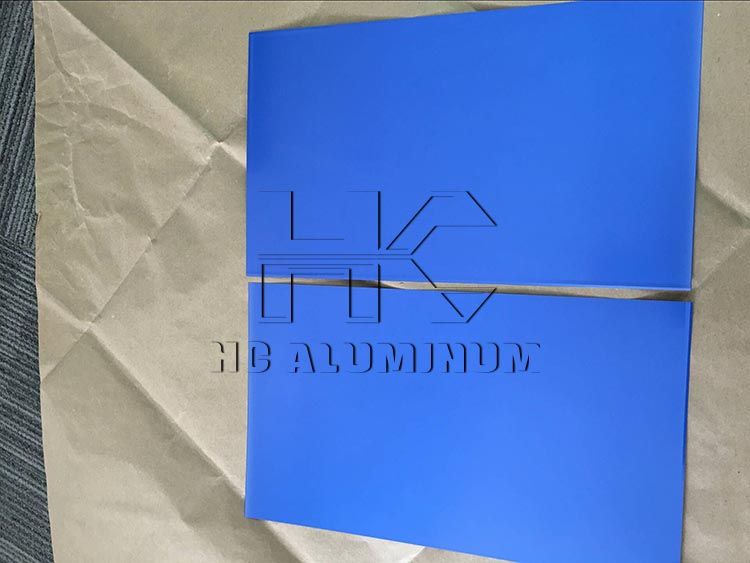
Computer direct platemaking uses a digital workflow to directly convert text and images into numbers and directly generate printing plates, eliminating the film material, the process of manual platemaking, and the semi-automatic or fully automatic plate exposure process.
Judging from the development trajectory of the printing plate industry in recent years, PS plates will gradually withdraw from the market in the next few years, and UV-CTP plates and thermal CTP plates will become the mainstream of the plate industry in the future. At present, the domestically produced CTP plates include almost all types, thermal plates, photosensitive plates, UV plates
Compared with PS plates, CTP plates have more types and varieties. Now in the CTP market, the three most popular CTP technologies are silver salt, thermal and violet laser. The printing plates produced using these technologies are silver salt, thermal and photopolymer plates, while others include CTcP and spray mask type plates.
The size specifications of PS plates include length, width and thickness specifications. PS plates should be selected according to the requirements of the printing press for the printing plate size. Select PS plates with appropriate print durability. Haomei Aluminum is one of the big offset printing plates manufacturers in China. Welcome to inquire what you need from us.
Where to Find China Positive PS Plate for Offset Printing with Custom Sizes
What Are Thermal CTP Plate Types and Their Applicable Characteristics

